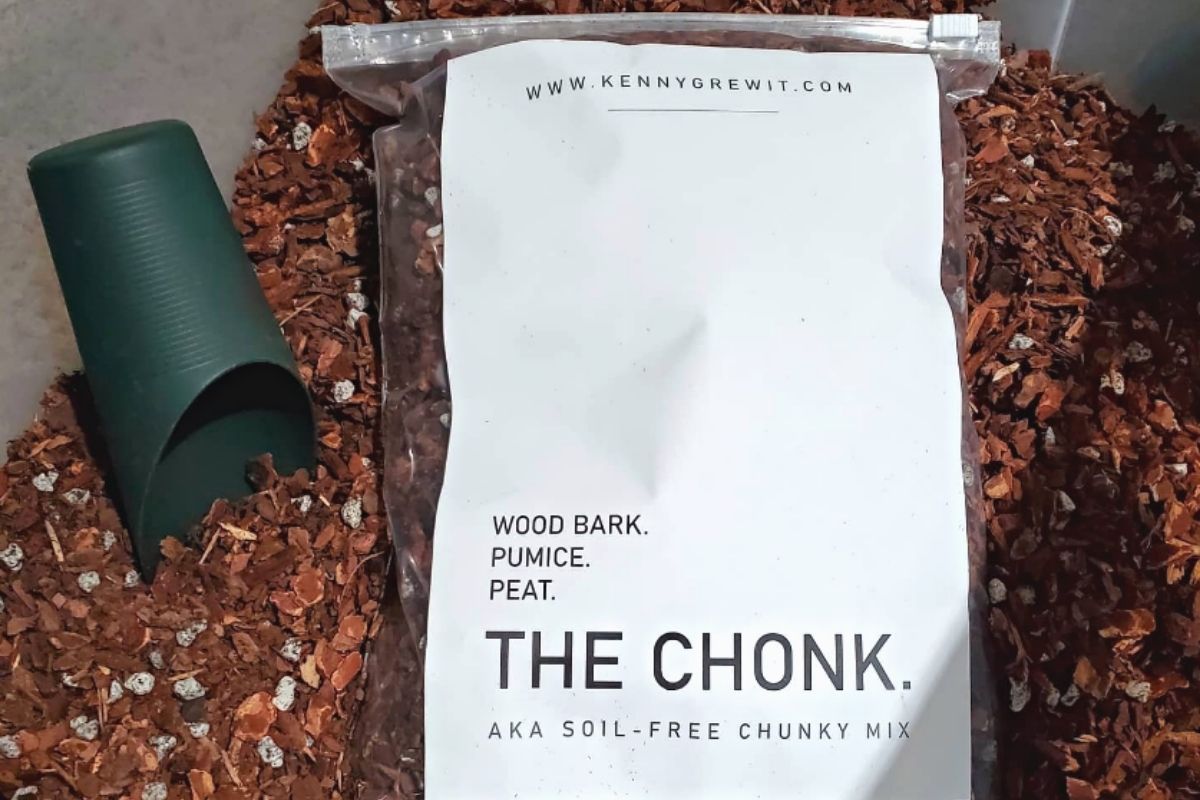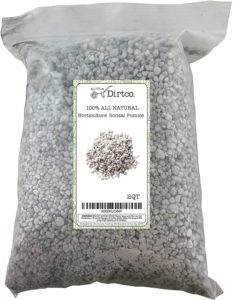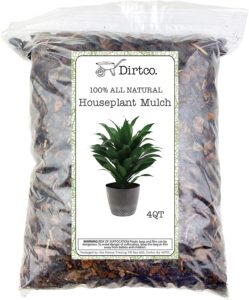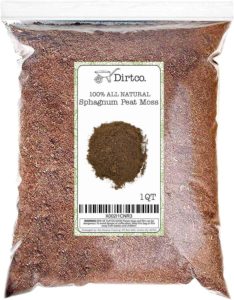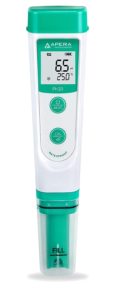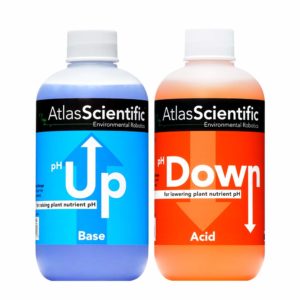Part of taking care of plants is figuring out the right lighting, watering schedules, fertilizer, and potting mix. And it can be quite the process to get it right!
There is not just one DIY potting soil mix that will work for all plants, though there are standard ingredients that are used with varying ratios. The one thing to realize is that the bag of commercial potting soil that you get from the store is not all that is needed for indoor potting soil, there is a lot more.
Container gardening will need a soil mixture composed of garden soil, compost, organic matter, and garden lime. Then the container garden mix recipe will have to be amended with weed seed, soil sulfur, and fertilizers like worm casting, coffee grounds, or organic fertilizer.
Many homemade potting soil recipes call for 1 part bagged soil and 1 part perlite. While other DIY potting soil ingredients are moss, coco coir, wood chips, and charcoal. A homemade potting mix for succulents may call for a potting soil recipe of coarse sand, soil, and pumice.
We talked to Kenny Kong who makes his own soil-less potting mix, The Chonk. Kenny hosts the monthly Houston Plant Market and has turned his plant hobby into a business. He believes that many of the gardening tips that are out there do not necessarily translate into taking care of houseplants. To better understand indoor gardening he took a deep dive into the science of potting mixes and figured out what houseplants need to thrive.
How did you get started with making your own soilless potting mix?
It was really about taking care of my indoor plants and making sure that they didn’t get root rot. The main cause of root rot is that there is no oxygen and that allows bacteria to grow.
I tried a lot of different substrates and found that if the soil pieces have at least 1/8 of an inch diameter, they allow for air to flow through the soil and reduce the need for dealing with root rot all of the time.
When you’re trying to figure this out for your $100 dollar plants you have an incentive to do this quickly and make sure that you do it well!
What is in your soil recipe for The Chonk?
So each soil ingredient does different things. Pumice is a stone and it will not break down. Then there are two types of wood chips, one that will decompose fast and another that will take a longer time. The pumice and wood chips are all the same size and it allows for oxygen pockets. And then a little bit of peat moss for moisture retention.
There’s a saying that there’s no such thing as overwatering, it’s more about aerating your plant. With a well-aerated mix, you can water as much as you want to, deeply, frequently, and not worry about root rot at all because bacteria is not going to grow in there.
Why is a dense soil mix bad for plants?
A lot of plant suppliers use soil and sphagnum peat moss for their potted plants and that retains a lot of water. It is good for the greenhouse environment but not for indoor gardening. That’s why I always recommend changing the potting mixture once a plant has acclimated to a new home.
In dense soil mixes, the water forces all of the oxygen out of the pot so the period when the soil is wet is when bacteria will start to grow and you risk root rot. Then, in order for oxygen to return, the soil has to dry out.
Most plants ideally don’t ever want to dry out. It’s a matter of resources. They know if they have constant water they will go for bigger and bigger leaves because it’s consistent. But if they are getting dried out for 3 or 4 days, those 3 or 4 days they stop production because they don’t have the resources they need. So they’re gonna hold out.
The same thing for fertilizing, the plants should always have the nutrients available for when they are ready to grow. So I always fertilize when I water. The fertilizer stays in the potting soil mix until the plants need it and then it should be readily available for the plant so that it can grow.
What fertilizer do you use for your plants?
I always recommend Dyna-gro Foliage-Pro. I wish they had an affiliate program because I really believe in that product! It has the right amount of nutrients that plants need so you can use it on its own. Usually, with other liquid fertilizers, you have to mix and match to get the right combination of nutrients.
What else do you think is important that indoor plant parents need to know?
The water pH is important because it helps the plant absorb nutrients. The pH level should be between 5.5 to 6.5. Tap water is usually in a higher ratio so it needs to be brought down. Plant lovers need to buy a pH meter, I like Apera Instruments, and a pH Up and pH Down kit.
If they are fertilizing when watering, they need to measure the mix (fertilizer and water). Then depending on the reading, they have to use pH Up or Down to get it to the right level.
The mixture of good soil, fertilizer, and the right pH will make their plants really healthy. Of course, that is assuming they have the right light and humidity for their plants too!
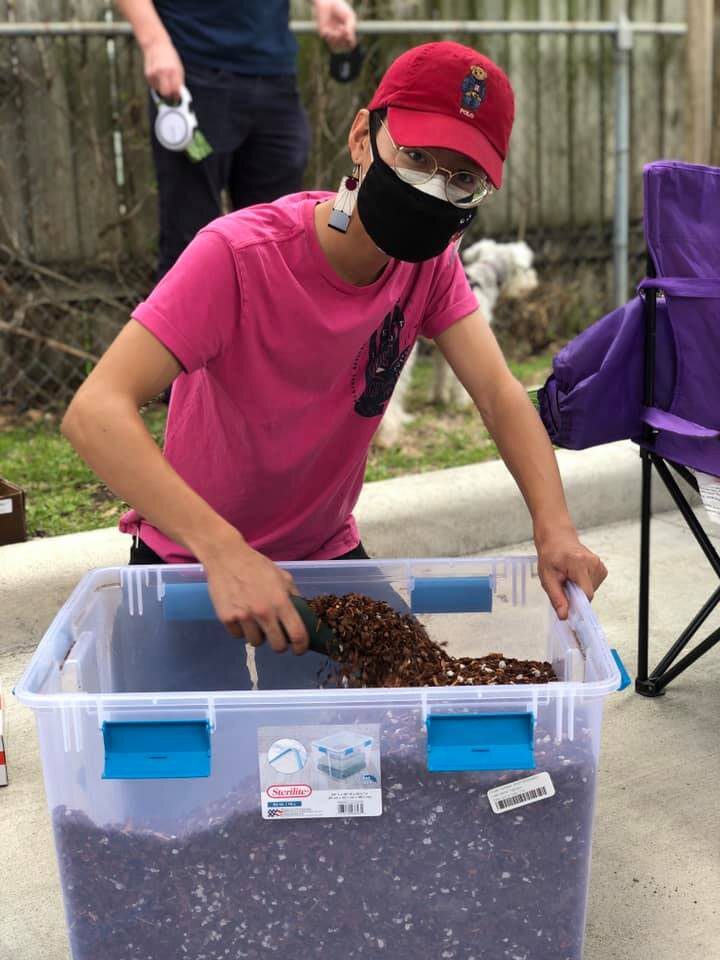
Kenny Kong, The Chonk
Get in touch: https://kennygrewit.com/
On Instagram: @KennyGrewIt
On Facebook: Houston Plant Market
Shop The Chonk: https://kennygrewit.com/shop/p/chonk
More How To Guides
- How To Get Rid Of Scale On Plants
- DIY Terrarium Table: How To Make A Table With Plants Inside
- How to Use Leca for Plants: Step-by-Step Guide with Pictures
- How To Use Grow Lights For Indoor Plants
- How To Propagate Peperomia Plants 2 Ways
- DIY Propagation Box With Grow Light
- How To Make Pothos Fuller (In 5 Minutes)
- How to Make a Moss Pole for Your Climbing Plants
- How to Make Potting Soil for Indoor Plants, Plus My Secret Ingredient
- How to Propagate a Split-Leaf Philodendron: Easy Step-by-Step Guide

